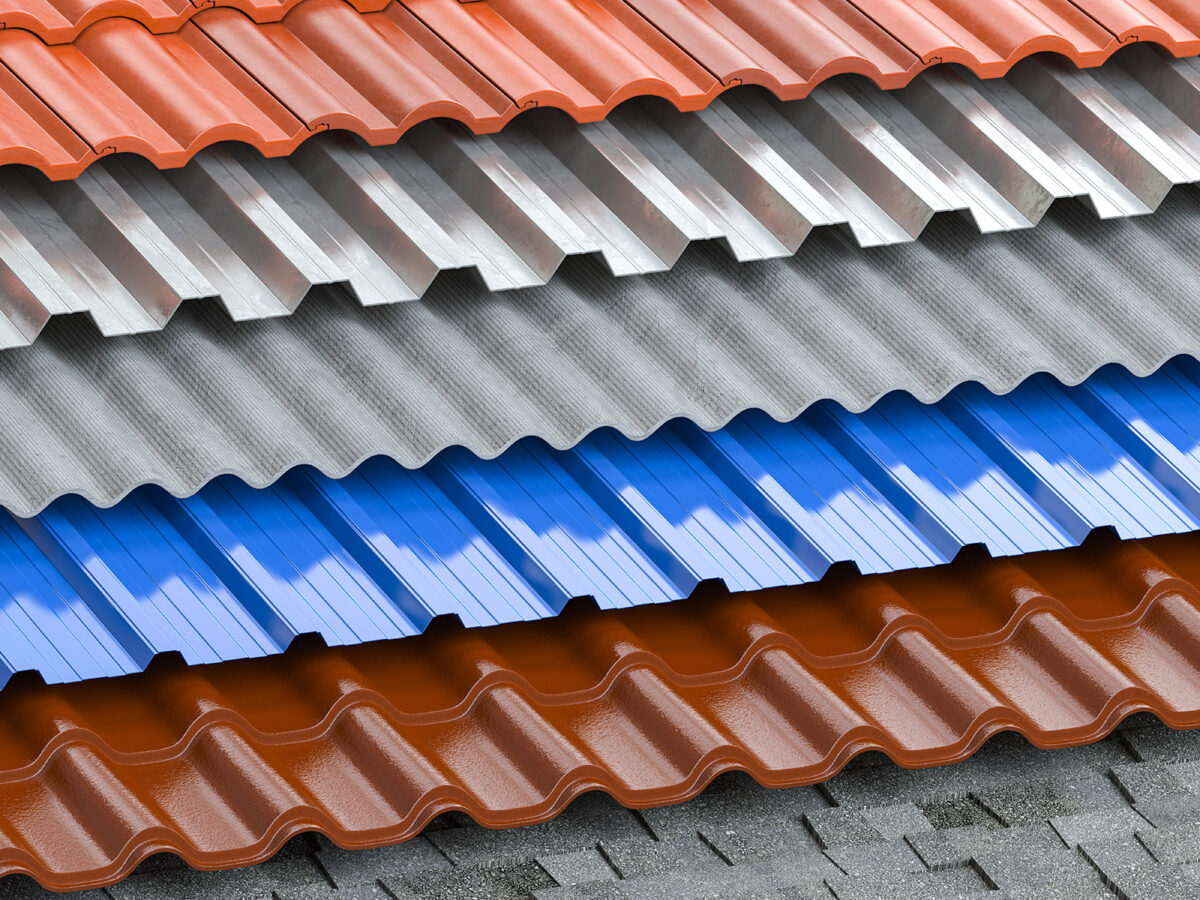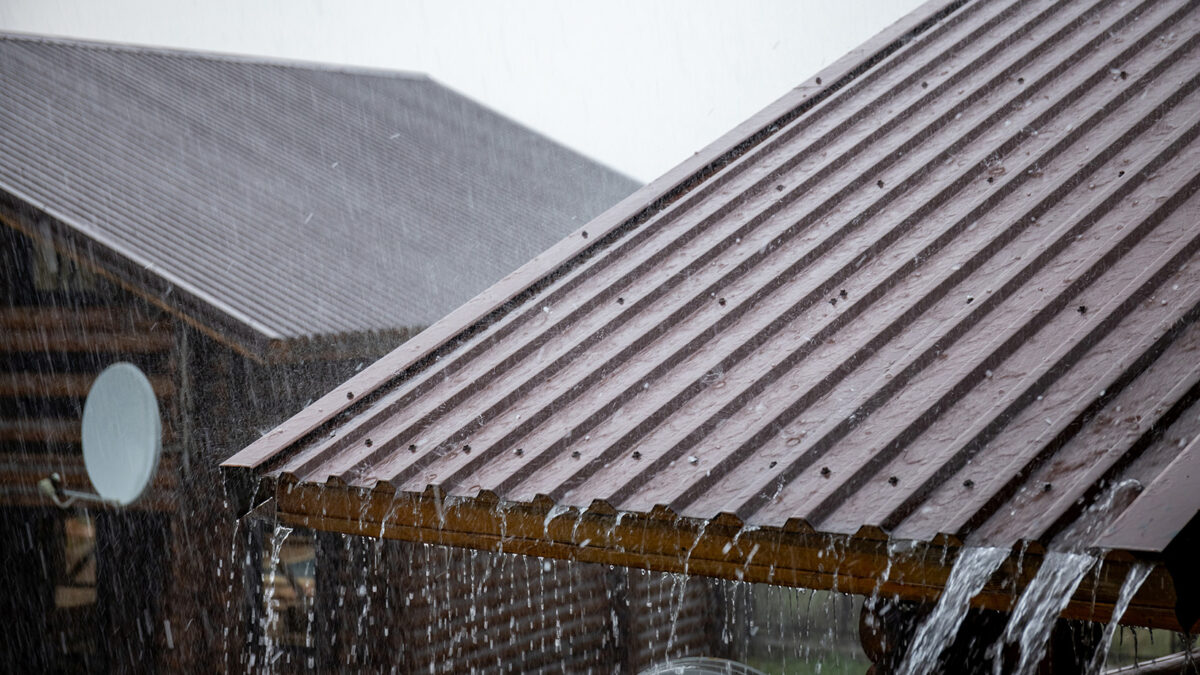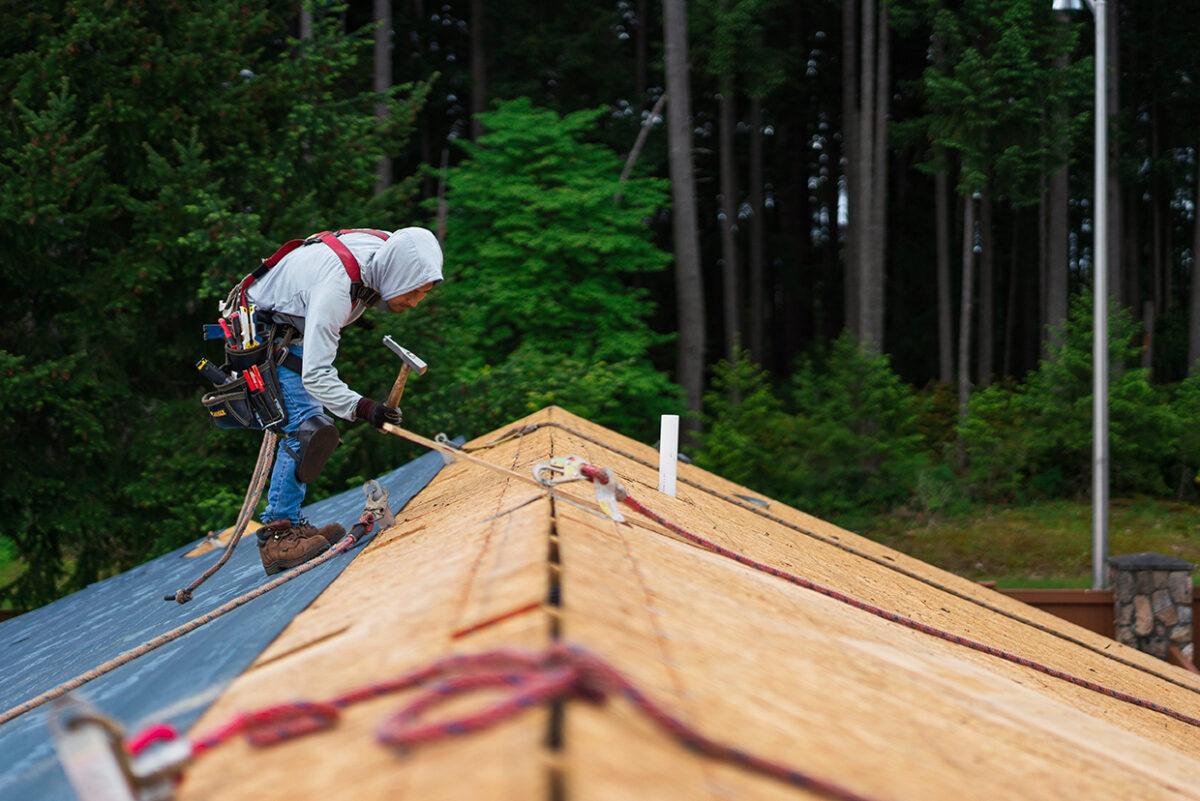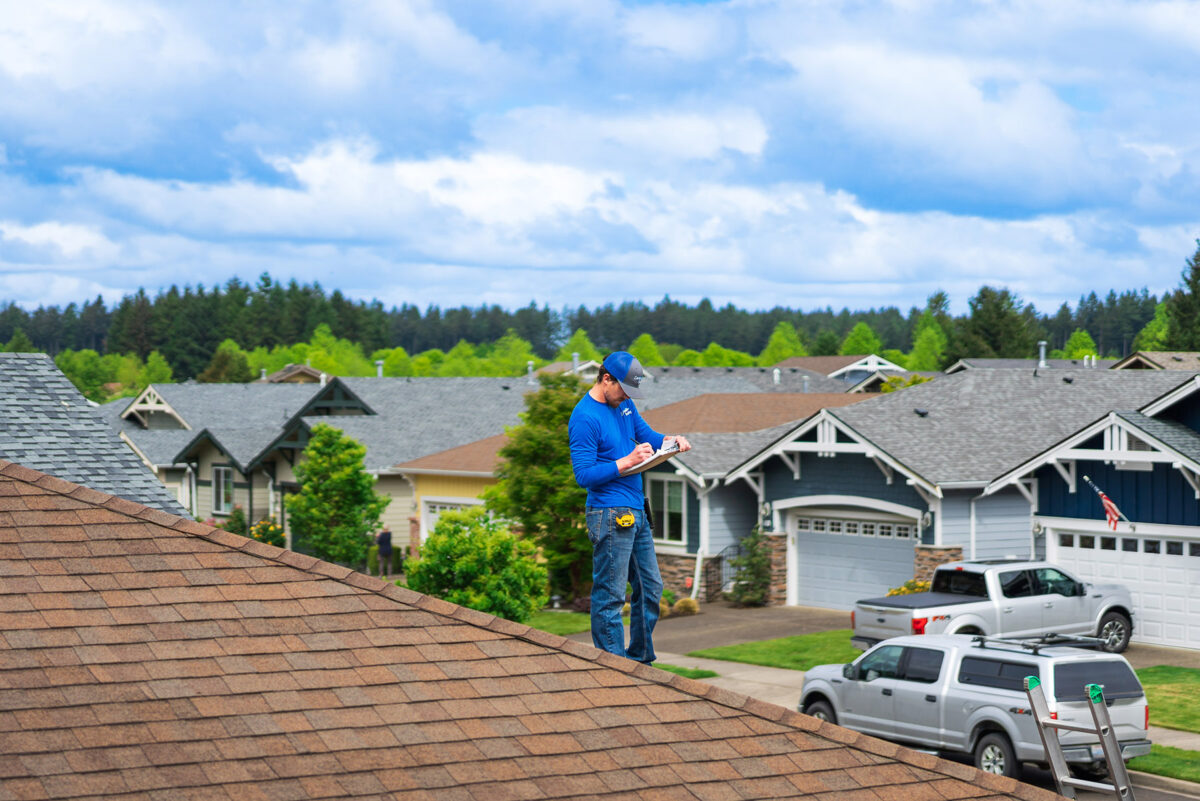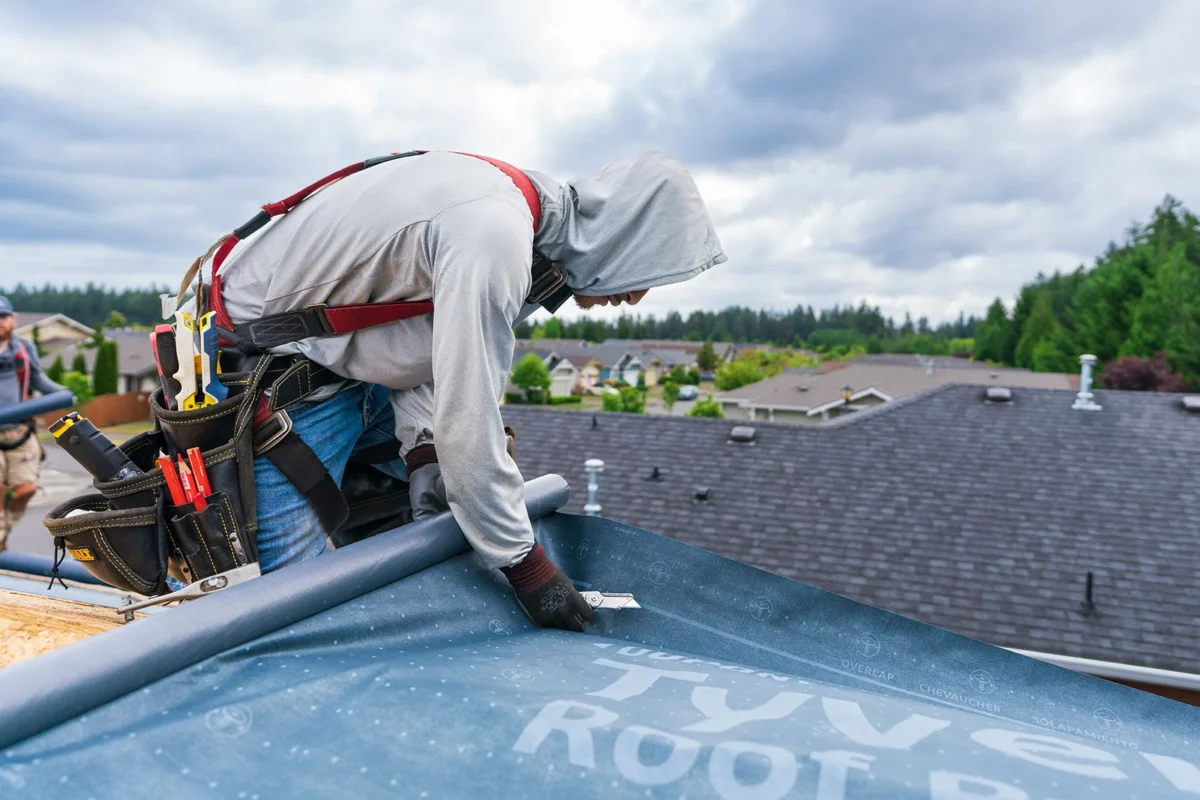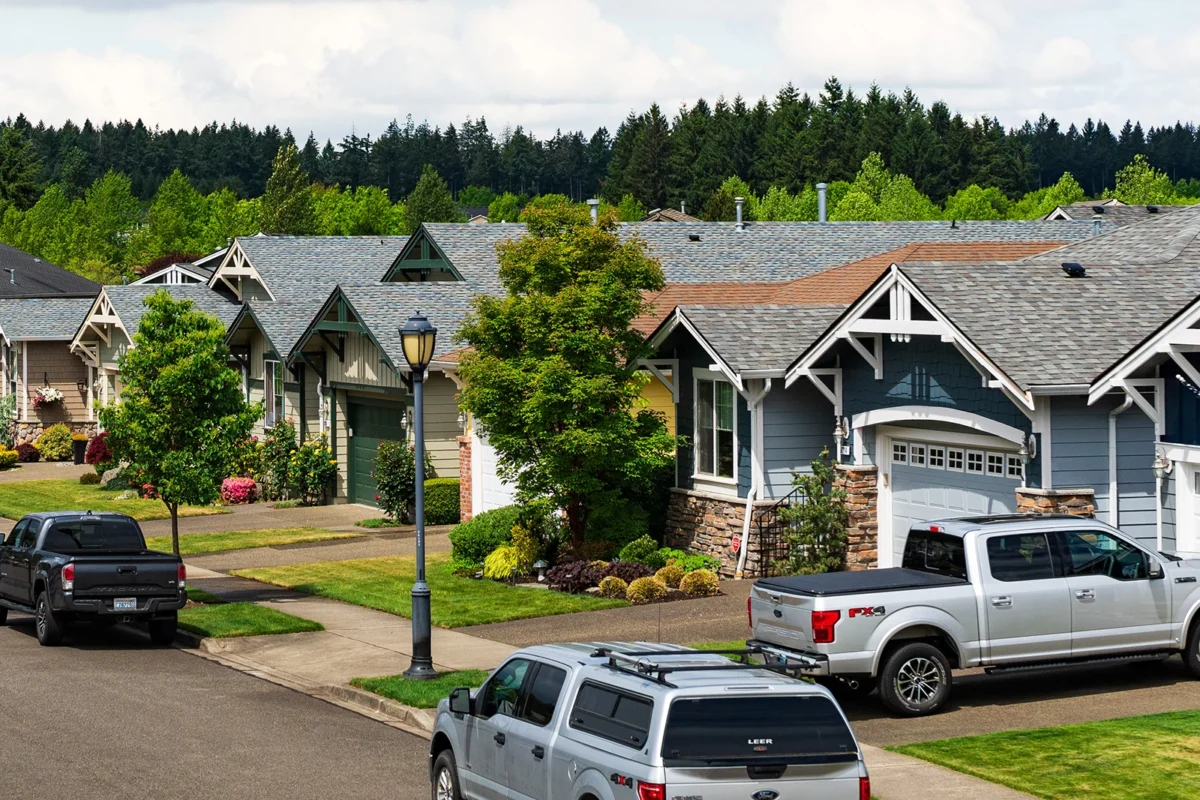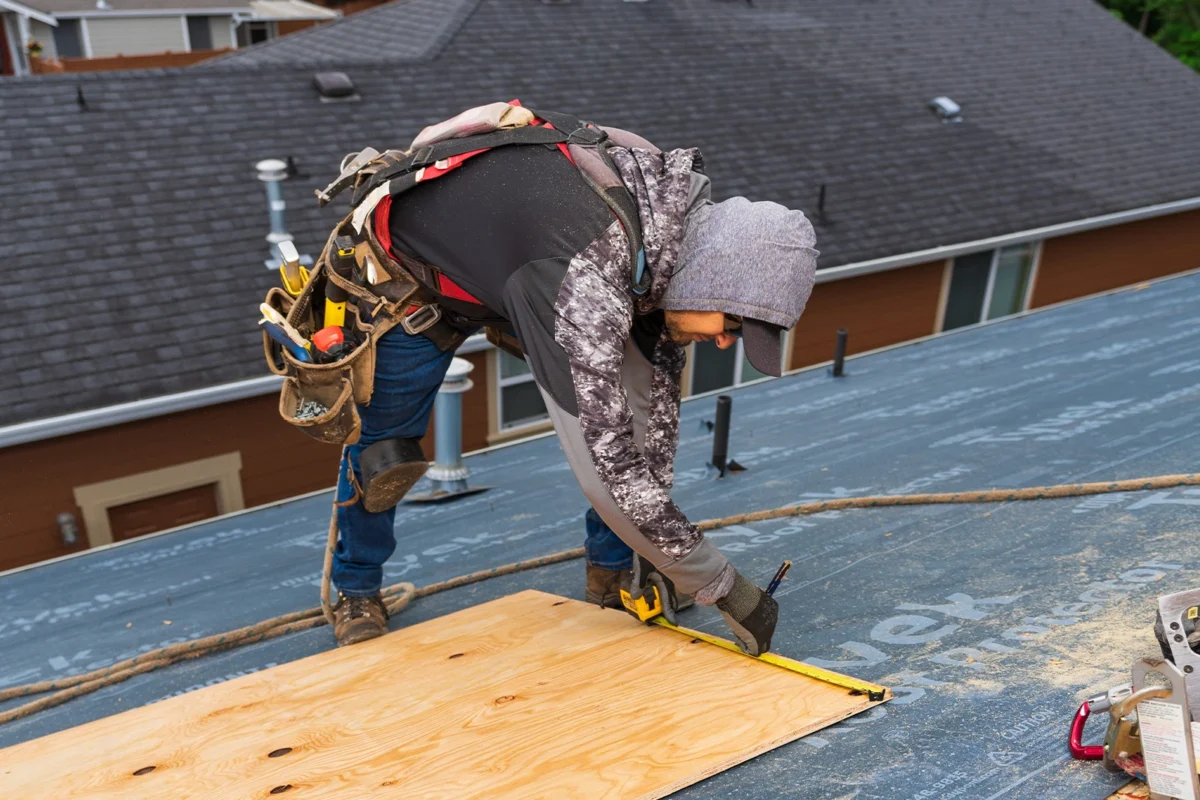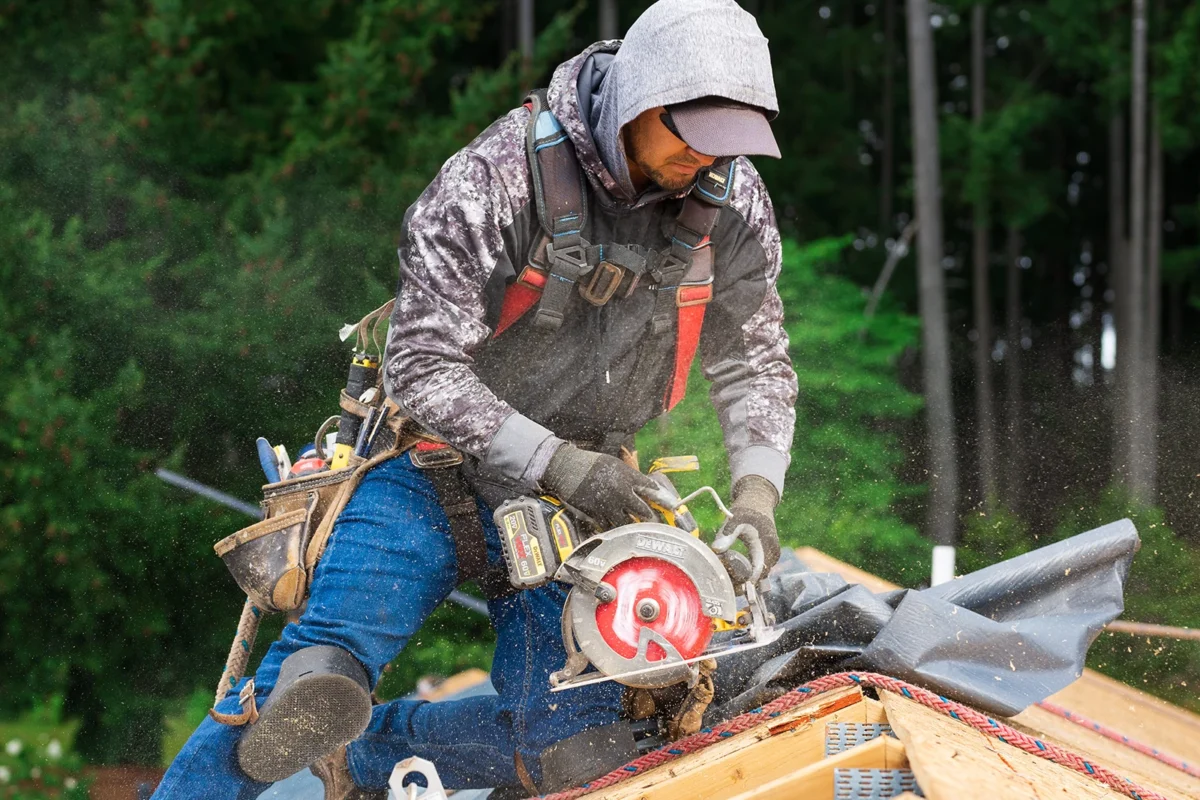Gutter Maintenance: When to Clean vs. When to Replace
Introduction
Because they don’t require your daily attention like doing the dishes or sweeping the floors, a lot of aspects of the home can accidentally go untended for long periods of time. Gutter maintenance, which protects from water damage, is one of those things. When it finally does come to attention, it may seem overwhelming in its lack of care. But is it really too late for your gutters, or do they just need a little TLC? In this article, we’ll guide you through the signs that indicate your gutters need attention and offer practical advice on maintaining them. Our goal is that by the end, you’ll know exactly what steps to take next to ensure your gutter system is in top shape.
Signs Your Gutters Just Need Cleaning
Accumulation of Debris
Leaves, twigs, and other debris can clog up your gutters, but fear not. This is not a sign that they need to be replaced. While a clogged gutter can lead to water overflow and damage to your home’s exterior, regular cleaning will stop this issue easily.
Plant Growth in Gutters
If you notice plants growing in your gutters, it’s a clear sign that they need cleaning. Plant growth is a result of accumulated dirt and debris, which can become your own unintentional roof garden with enough time for seeds to sprout. Cleaning out your gutters will prevent this and maintain their efficiency.
Overflowing Water During Rain
Water overflowing from your gutters during rainstorms is a sign that they are clogged. Cleaning out any leaves and debris will allow water to flow freely and prevent damage to your home.
Signs Your Gutters Need Replacement
Visible Cracks and Splits
Small cracks in your gutters may not seem like a big deal at first, but over time, these small cracks can grow, leading to more significant damage. Water can seep through these cracks, causing damage to the fascia boards and foundation of your home.
Peeling Paint or Rust Spots
Peeling paint or rust spots are clear indicators that your gutters are aging and may need replacement. These signs suggest that water is not draining properly, leading to rust formation and paint damage. Over time, this can weaken your gutter system, making it less effective at directing water away from your home.
Water Damage and Mildew Around Foundation
If you notice water damage or mildew around your home’s foundation, it’s a sign that your gutters are not functioning correctly. These can lead to serious structural issues if not addressed as soon as possible.
Sagging or Detached Gutters
Gutters should be securely attached to your home. If they are sagging or starting to detach, this indicates that they are either full of debris or the fasteners have grown out of their usefulness. This compromises the effectiveness of your gutter system and may be a sign that the fasteners, if not the whole system, needs to be replaced.
Routine Gutter Maintenance Tips
Recommended Cleaning Frequency
To keep your gutters in top shape, it’s recommended that you clean them at least twice a year, typically in the spring and fall. However, if you live in an area like western washington–with a lot of trees and/or heavy rainfall–you may need to clean them more frequently.
Tools and Materials for Gutter Cleaning
To clean your gutters effectively, you’ll need a sturdy ladder, gloves, a scoop, and a garden hose. Start by removing large debris with the scoop, then flush out the remaining dirt with the garden hose. Always ensure your ladder is stable and follow safety precautions.
Why You Need a Gutter Cleaning
Regular gutter cleaning is essential to prevent various issues:
- Prevents Water Damage: Clean gutters direct water away from your home, preventing damage to your foundation and roof.
- Avoids Pest Infestations: Debris-filled gutters can attract pests such as mosquitoes, rodents, and birds.
- Maintains Aesthetic Appeal: Clean gutters enhance the curb appeal of your home by preventing unsightly stains and mildew growth.
DIY vs. Professional Gutter Services
Benefits of DIY Gutter Maintenance
DIY gutter maintenance can be cost-effective and convenient for minor cleaning and repairs. If you’re comfortable with heights and have the necessary tools, you can handle routine cleaning yourself.
When to Call a Professional
For complex issues such as significant damage, persistent clogs, or if your gutters are difficult to reach, it’s best to hire a professional like our team at Lacey roofing. Professional gutter installers and cleaners have the expertise and equipment to ensure your gutter system is functioning optimally, without all the risks that come with inexperience.
Summary/Final Thoughts
Regular gutter maintenance is essential to protect your home from water damage. By knowing when to clean and when to replace your gutters, you can ensure your gutter system is always in top condition. For more complex issues or if you prefer a hassle-free experience, consider hiring a professional service.
Lacey Roofing: Your Local Gutter Experts
Here at Lacey Roofing, we are proud to offer comprehensive gutter cleaning, repair, and replacement services in our home community of Thurston County. From Lakewood to Olympia, we’re the go-to experts for all of your gutter needs. With decades of experience and a commitment to customer satisfaction, you can trust us to get the job done just the way you need it. Contact us today for any and all roofing services, and let us help you protect your home with our reliable gutter solutions.


